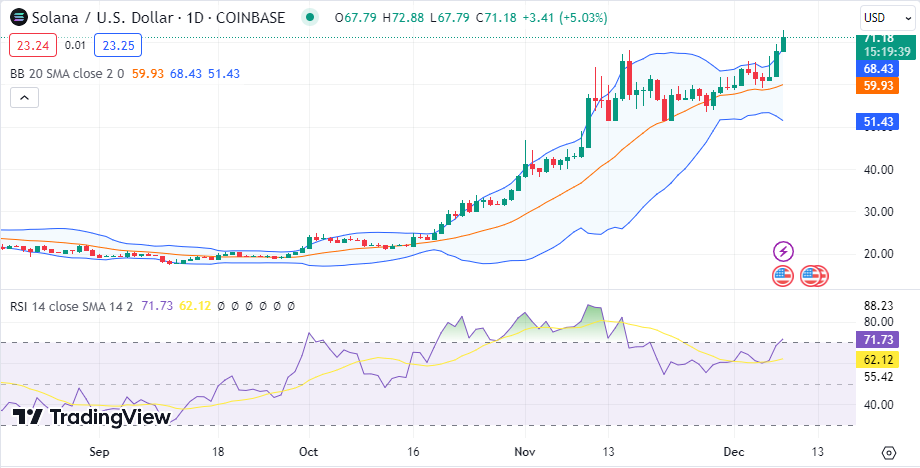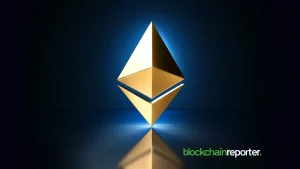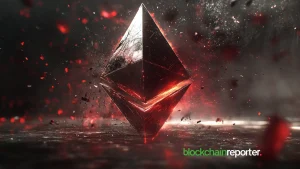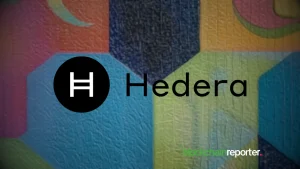
Markets are on bull activity today, with the global market cap sitting 0.25% above its previous 24-hour mark, as the total cap stands at $1.6T as of press time. The fear and greed index is 81, as greed now dominates. The global trading volume is 31% down in 24 hours, at $65B as of press time.
Bitcoin Price Analysis
Bitcoin ( [ccpw id=60415]) is riding on bear activity, as the Bitcoin price stood at $43.2K as of press time after recording a daily decrease of 1.1% and a weekly rise of 12%. As a result of the Bitcoin price, the token’s trade volume jumped by 9% during the same period and is presently at $28.5B.
The Bollinger bands are moving close to each other, showing low volatility levels on the Bitcoin price. Despite today’s drop, the Relative Strength Index (RSI) is above the average line in the overbought region, showing bull activity on the Bitcoin price.
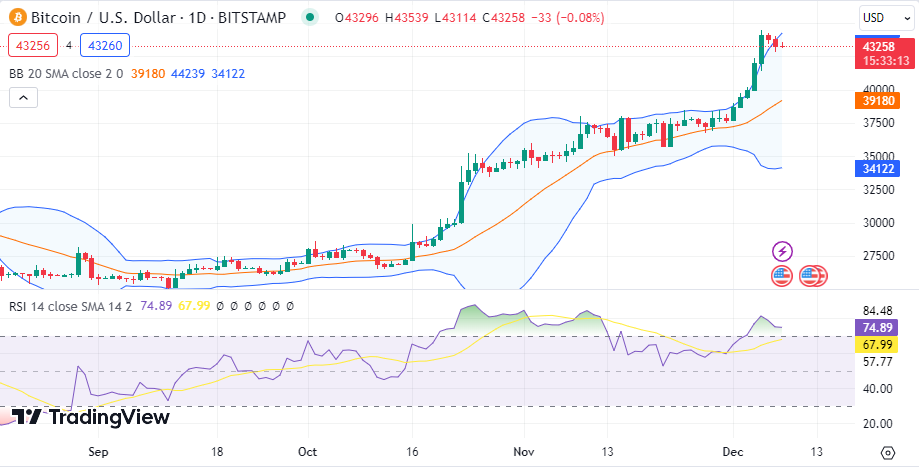
Ethereum Price Analysis
Ethereum (ETH) is still riding on bull activity, as the Ethereum price stood at $2,356 as of press time after recording a daily decrease of 4.6% and a weekly rise of 12.5%. As a result of the Ethereum price, the token’s trade volume jumped by 44% during the same period and is presently at $16.1B.
The Bollinger bands are diverging, showing high volatility levels on the Ethereum price. The Relative Strength Index (RSI) is below the average line, showing bear dominance on the Ethereum price.
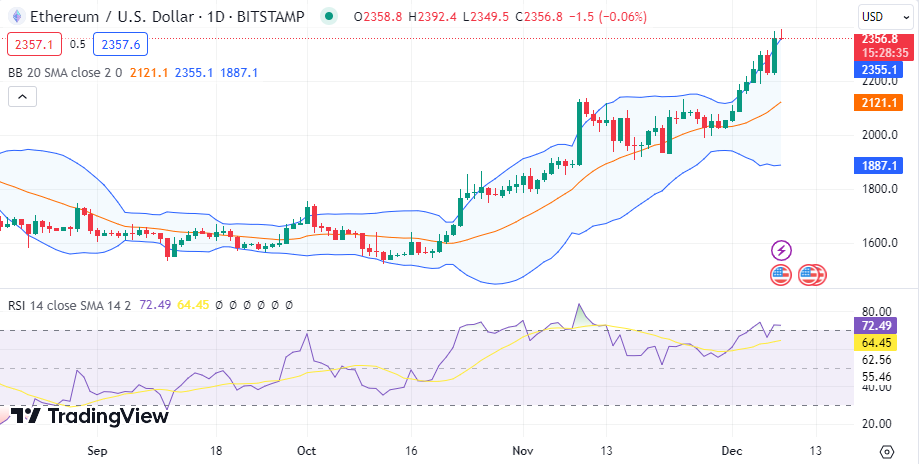
Bonk Price Analysis
Bonk (BONK) is still riding on bull activity, as the Bonk price stood at $0.00001157 as of press time after recording a daily increase of 31% and a weekly rise of 188%. As a result of the Bonk price, the token’s trade volume jumped by 105% during the same period and is presently at $219M.
The Bollinger bands are diverging, showing high volatility levels on the Bonk price. The Relative Strength Index (RSI) is above the average line in the overbought region, showing bull dominance on the Bonk price.
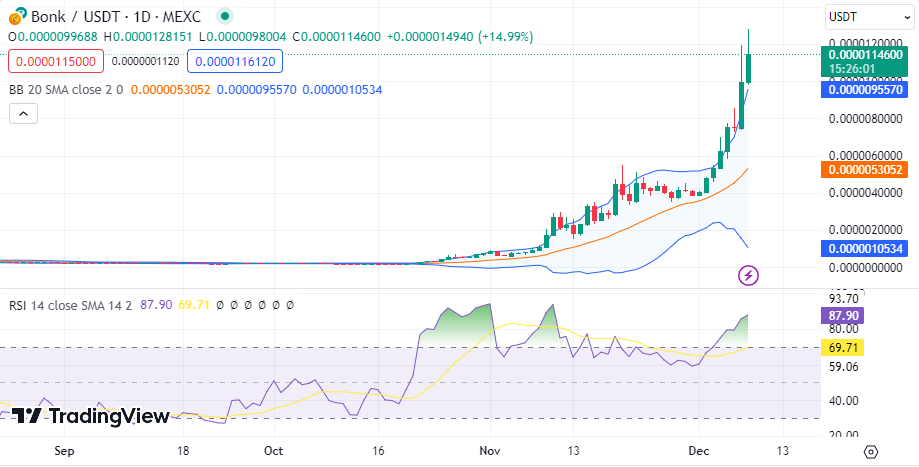
Shiba Inu Price Analysis
Shiba Inu (SHIB) is also riding on bull activity, as the Shiba Inu price stood at $0.00001009 as of press time after recording a daily increase of 4.7% and a weekly rise of 21%. As a result of the Shiba Inu price, the token’s trade volume dropped by 40.4% during the same period and is presently at $313M.
The Bollinger bands are diverging, showing high volatility levels on the Shiba Inu price. The Relative Strength Index (RSI) is above the average line in the overbought region, showing bull dominance on the Shiba Inu price.
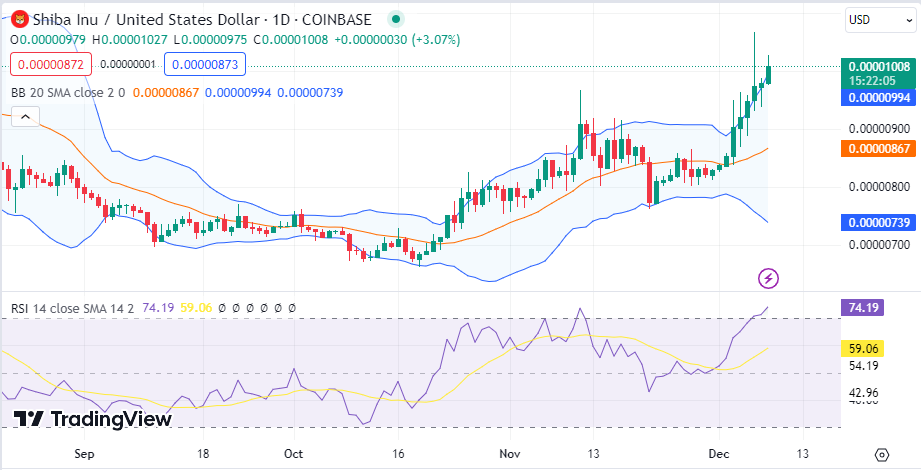
Solana Price Analysis
Solana (SOL) is still riding on bull activity, as the Solana price stood at $72.02 as of press time after recording a daily increase of 13% and a weekly rise of 18%. As a result of the Solana price, the token’s trade volume jumped by 76% during the same period and is presently at $4.1B.
The Bollinger bands are diverging, showing high volatility levels on the Solana price. The Relative Strength Index (RSI) is above the average line in the overbought region, showing bull dominance on the Solana price.
